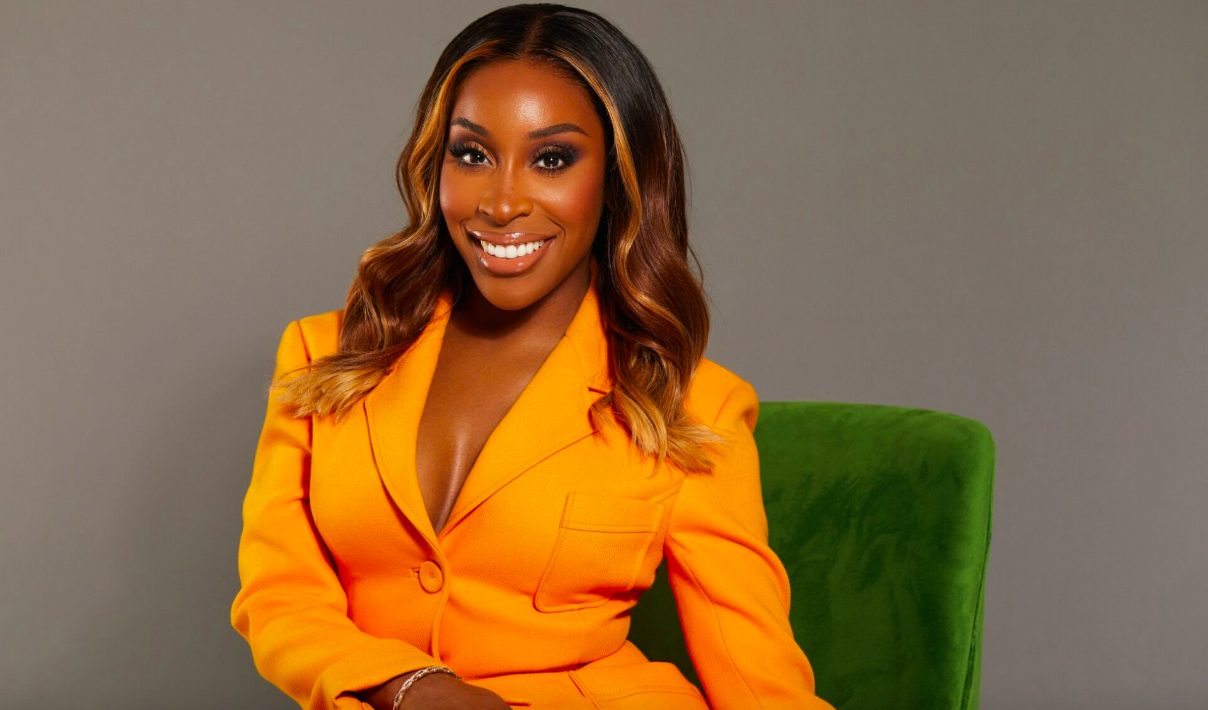In a bold move that fuses beauty with cultural storytelling, renowned beauty influencer and entrepreneur Jackie Aina has launched a compelling six-part docuseries titled Shades of Us, produced in collaboration with YouTube Originals. Released in early 2025, the mini-series marks a significant departure from traditional beauty content, offering a deeply personal and socially conscious exploration of identity, colorism, and beauty rituals across Africa and the Caribbean.
From Beauty Guru to Cultural Documentarian
Jackie Aina, long celebrated for her advocacy for inclusivity in the beauty industry, leverages her platform and perspective in Shades of Us to examine beauty far beyond surface-level aesthetics. While she rose to prominence through her engaging makeup tutorials and her bold critiques of mainstream beauty brands that failed to offer shade ranges for people of color, Aina now turns her focus to the cultural and historical forces that have shaped beauty standards for Black and brown communities worldwide.
“This is a love letter to our people and our traditions,” Aina says in the opening moments of the series. “We’ve always had beauty. It just hasn’t always been acknowledged on our terms.”
A Journey Through Heritage and History
The docuseries is filmed across four culturally rich countries: Nigeria, Ghana, Jamaica, and the Dominican Republic. Each location serves as the backdrop for a thematic exploration of beauty, identity, and resistance, as Aina immerses herself in local customs and unearths stories that are often left out of the global beauty narrative.
From traditional face markings and herbal skincare remedies in West Africa to natural hair culture and resistance to colorism in the Caribbean, Shades of Us paints a vibrant, multifaceted portrait of what beauty means to different communities—and how those meanings have been influenced by colonization, Western ideals, and systemic oppression.
Aina meets with a range of individuals—from elders who preserve ancient rituals to Gen Z creators pushing back against Eurocentric beauty standards on social media. In Ghana, she explores the sacred significance of black soap and shea butter, tracing their indigenous uses before they were commodified by global wellness markets. In the Dominican Republic, she speaks with Afro-Latina activists about the challenges of navigating identity in a society where lighter skin is often valorized.
Colorism and the Politics of Beauty
One of the central themes of the series is colorism—a form of prejudice or discrimination in which people are treated differently based on the shade of their skin, often within the same racial or ethnic group. Aina doesn’t shy away from confronting the painful realities tied to this issue. Through deeply emotional interviews, she reveals the psychological toll of colorism, the rise of skin-lightening practices, and the beauty industry’s complicity in reinforcing these harmful norms.
“Colorism didn’t start with us, but we continue to suffer from it,” Aina remarks in episode three. “This series is my way of holding a mirror to the world—and asking why darker skin is still seen as less worthy.”
In one poignant scene, a young Jamaican woman describes being teased as a child for her dark complexion, only to now embrace her skin and proudly work as a model redefining beauty standards on her own terms. It’s these personal stories that make the series resonate on such a human level, balancing cultural analysis with heartfelt storytelling.
Reclaiming the Narrative
Shades of Us goes beyond simply highlighting diversity—it aims to reclaim and reframe narratives of beauty from within the communities themselves. Each episode ends not with a conclusion, but with an invitation: to challenge what we think we know about beauty, to seek stories beyond glossy advertisements, and to embrace heritage as a foundation for self-love.
Aina’s narration, grounded in personal reflection and cultural reverence, guides the viewer through each journey with nuance and empathy. Her presence is not that of a host above the story but of a participant within it—grappling with the same questions many in the diaspora face about belonging, identity, and self-worth.
Critical Acclaim and Cultural Impact
Since its release, Shades of Us has garnered widespread praise for its authenticity, visual richness, and powerful social commentary. Cultural critics have called it “a long-overdue reckoning with the global beauty industry” and “a masterclass in Afro-diasporic storytelling.”
Social media has buzzed with reactions from viewers who feel seen, heard, and empowered. Many have praised Aina for using her platform not to promote products but to amplify voices and traditions that have too often been marginalized.
The docuseries also contributes to a growing trend of creators using digital platforms for cultural education and activism—proving that beauty content can be both aesthetic and political.
A New Era for Beauty Storytelling
With Shades of Us, Jackie Aina steps firmly into the role of cultural storyteller, using her influence to elevate conversations that go far beyond the makeup counter. The docuseries stands as a testament to the power of reclaiming one’s narrative—and the importance of showing the world that beauty is not a monolith.
“This is not just my story,” Aina says in the series finale. “It’s all of ours. And it deserves to be told with dignity, complexity, and pride.”
Shades of Us is currently streaming on YouTube Originals, inviting viewers around the world to reimagine beauty through the lens of history, culture, and radical self-acceptance.
